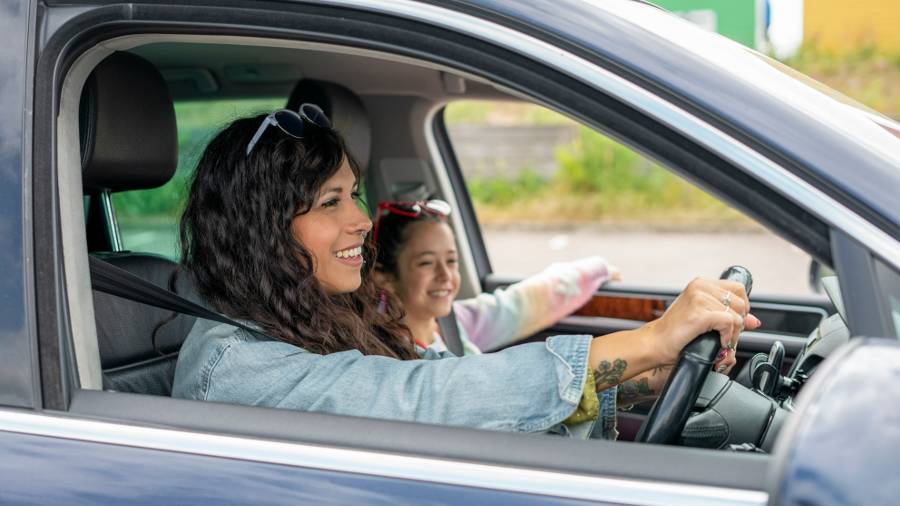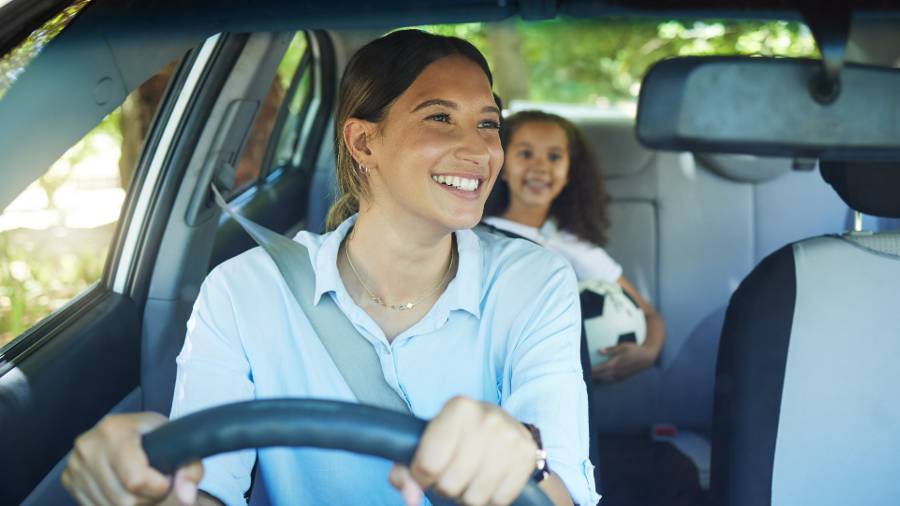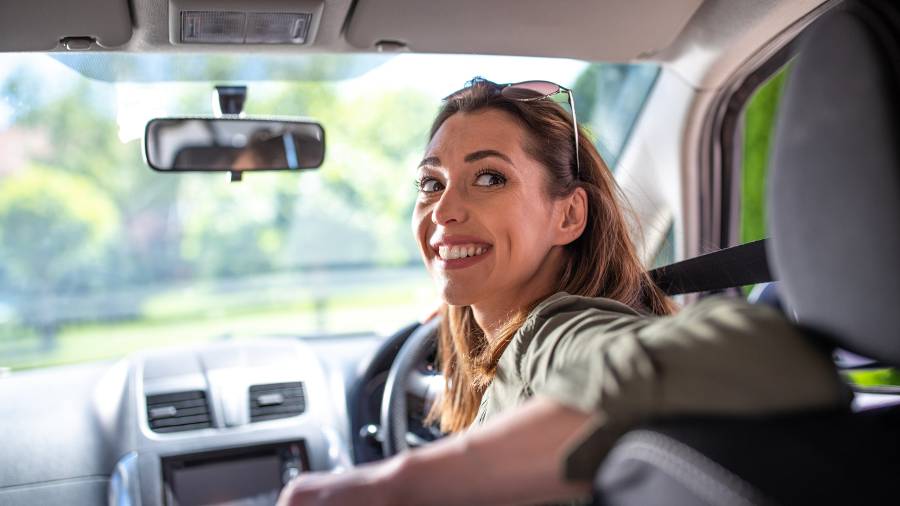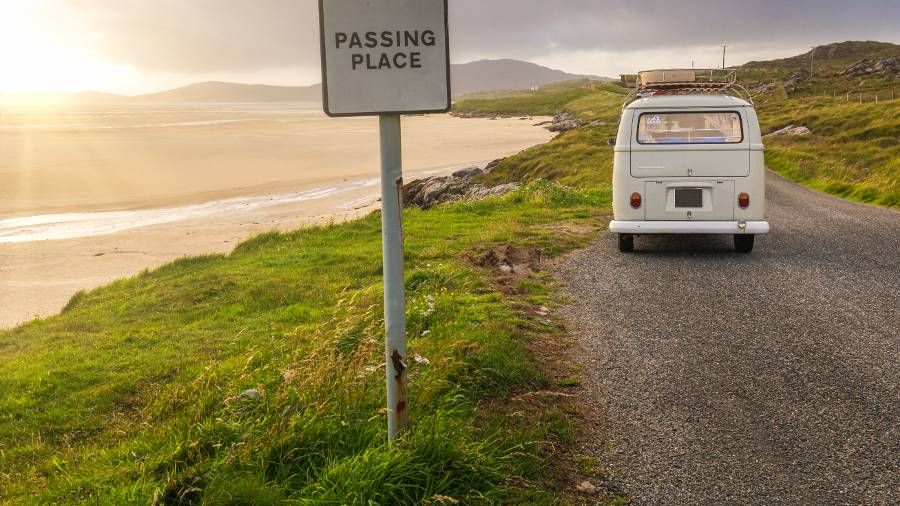Don't let car sickness ruin your Easter road trip - because these simple tips could help.

An estimated 18.5 million car journeys are expected to be made over the Easter break, according to the AA, with traffic peaking on Saturday 30th March.
And if you're one of the many planning to hit the road, the threat of motion sickness - whether it's yourself a member of your family - might be filling you with dread.
Motion sickness is characterised by symptoms like nausea, dizziness, headache, sweating and vomiting.
The NHS says it's triggered when the inner ear sends different signals to your brain from those your eyes are seeing. It's these confusing messages that cause you to feel unwell.
And while there's no fool-proof strategy to prevent it, these pieces of advice could help.

Choose your seat wisely
When travelling by car, opt for the front seat, as this position offers a more stable view of the road ahead and reduces motion sickness symptoms. However, if you’re in a packed car, and the front passenger seat isn’t available, opt for a window seat. Sitting near the window can provide a fixed point of reference to help combat feelings of nausea.

Focus on the horizon
Keeping your gaze fixed on the horizon can help reorient your senses and alleviate motion sickness. Whether you're in a car, train, or boat, try to look ahead and focus on distant objects. Avoid reading or using electronic devices, as this can exacerbate symptoms. This is caused by your inner ear sensing movement, while your eyes stay still in one place – which makes your body feel as though something is wrong.

Control your movements
Sudden movements can exacerbate the feeling of nausea that is often associated with motion sickness. Try to reduce your head movements completely, and keep your shoulders, hips, and knees in one position. Mindful breathing exercises can also help ease feelings of motion sickness. Slow diaphragmatic breathing, which involves breathing in for four seconds, holding the breath for two seconds, and breathing out for four seconds, has shown some benefits.

Take regular breaks
If you're embarking on a long journey, make frequent stops to stretch your legs and get some fresh air. Stepping outside and taking a short walk can help reset your equilibrium and reduce feelings of queasiness. Use rest stops as an opportunity to rest and relax, allowing your body to adjust to the motion of travel gradually.

Stay hydrated and avoid heavy meals
Drink plenty of water throughout your journey to stay hydrated, but avoid consuming large amounts of fluids all at once. Similarly, opt for light, easily digestible meals before and during travel to prevent nausea and discomfort. Acidic, greasy or spicy foods can upset your digestive system, so this may exacerbate feelings of motion sickness.

Control your environment
Minimise triggers that can worsen motion sickness, such as strong odours, stuffy air, or excessive heat. Open windows or use air conditioning to maintain a comfortable temperature and improve ventilation. If possible, avoid winding roads too, as the constant turning motion can make motion sickness worse. Rather plan out the route in advance so that you can stick to straight roads and motorways.
Enjoyed this? Read our latest news
- BMW teases new fully-electric Sports Activity Vehicle
- VW announces ‘most powerful Bulli of all time’!
- New Peugeot E-5008 gets huge 410 mile range
- Audi’s new Q6 e-tron finally arrives
- New electric Skoda Epiq teased
Where To Next?
For all the latest reviews, advice and new car deals, sign up to our newsletter.
Looking for a great leasing deal? Check out our incredible range of special offers.
Read our latest reviews and find the right model for you.
Want to know more about leasing? Take a look at our comprehensive leasing guides.
Interested in everything motoring? Why not catch up on all the latest car leasing news.


















